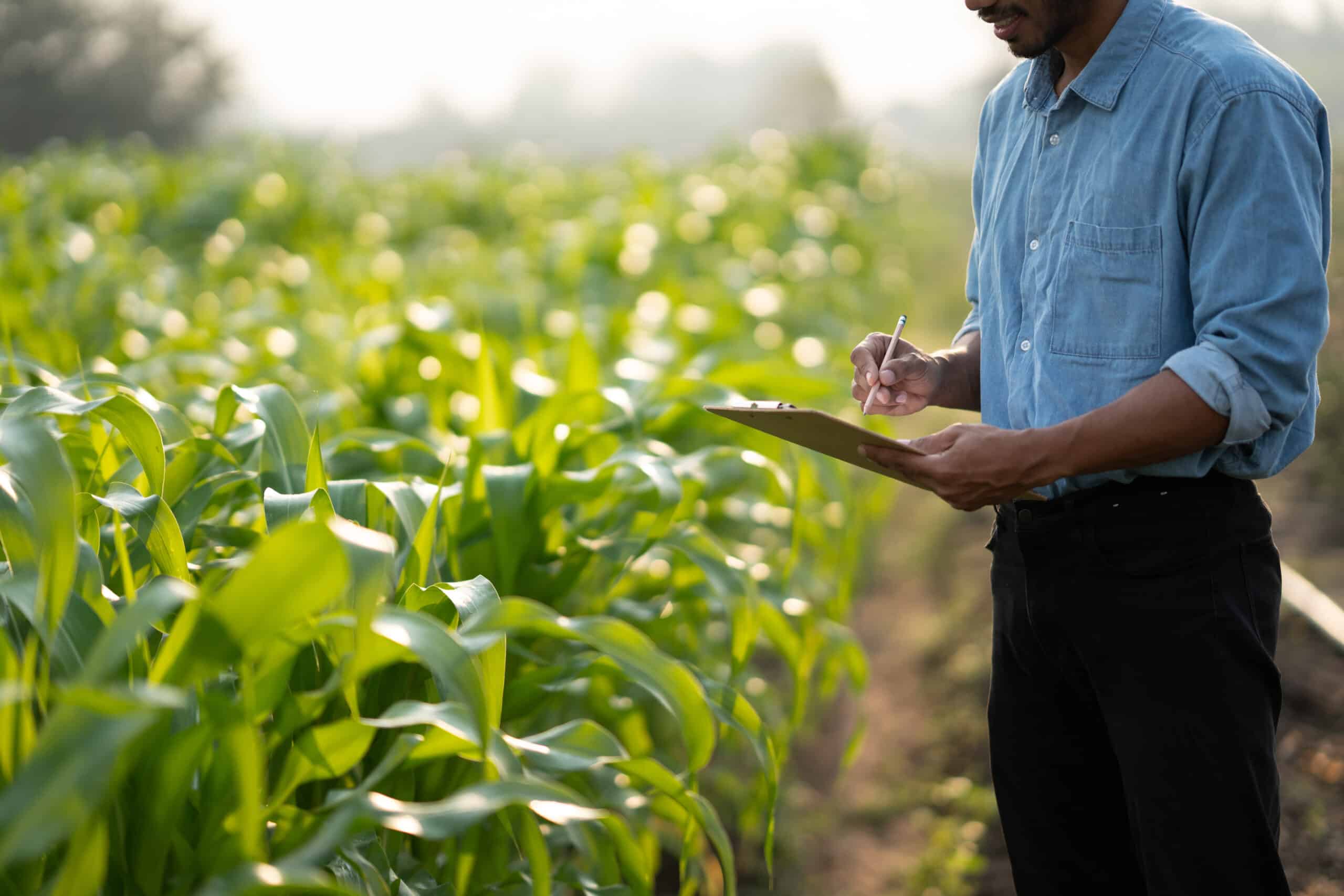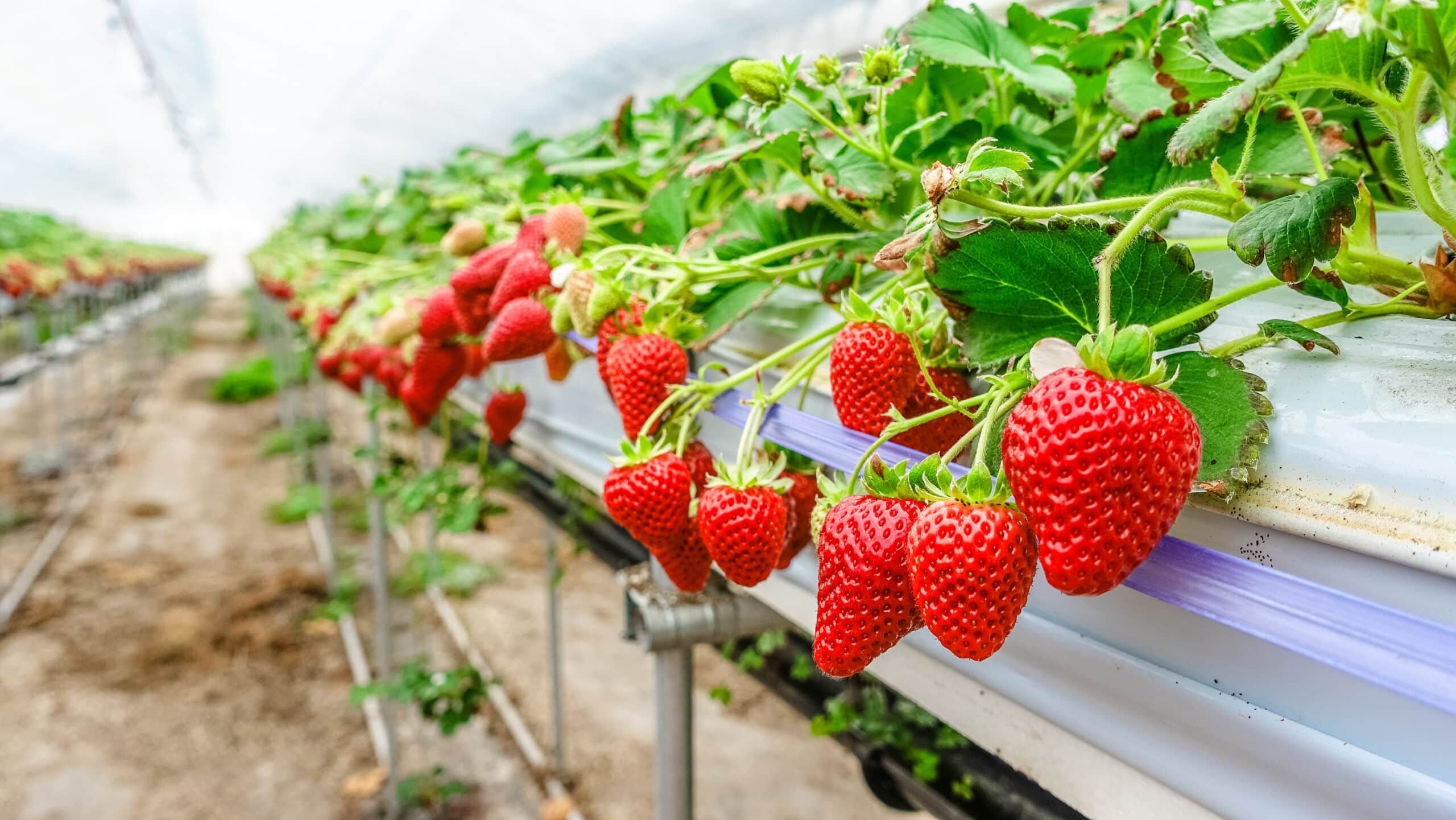Mycotoxins are an example of a food safety hazard which is expected to worsen with increased temperatures and extreme weather events because of climate change.
Why are aflatoxins a problem?
Mycotoxins are toxic chemicals produced by moulds and aflatoxins is a widely known mycotoxins produced by two species of Aspergillus, a fungus found primarily in areas with hot and humid climates. Whilst the problem is most severe in developing countries where contamination poses a significant health hazard and threat to food security, climate change is expected to lead to a growing risk of aflatoxin contamination in food in Europe as predicted by the European Food Safety Authority (EFSA) report as far back as 2009.
The report pointed to an increased risk of aflatoxin contamination in maize in the future due to the impacts of climate change. Aflatoxin contamination also creates a significant economic cost for the global food industry.
Aflatoxins produced by the Aspergillus species are highly toxic, carcinogenic, and can have serious health consequences for consumers. Crops can be contaminated by the fungi during the process of harvesting, storing and transporting.
How does climate change impact aflatoxin levels?
Climate change is expected to expand the geographical range where mould growth and mycotoxin production occur. Prior to harvest, increasing temperatures and drought can stress plants, making them more susceptible to mould growth.
Warm and moist conditions favour mould growth directly and affect the biology of insect vectors that transmit moulds to crops.
Post-harvest contamination is also affected by environmental parameters, including extreme temperatures and moisture. If crops are not dried and stored at low humidity, mould growth and mycotoxin production can increase to very high levels.
What specific measures are needed to tackle the problem?
Aflatoxins’ contamination of crops in pre-and post-harvest conditions can be controlled to some extent by the implementation of good agricultural practices (GAPs), good manufacturing practices (GMPs), and good storage practices (GSPs). Improved detection and quantification of aflatoxin in food and feed has the potential to help producers manage crops to reduce the risk.
Researchers are making progress in developing fungal resistant varieties through breeding and genetic engineering approaches, but success is far from certain. Conventional plant breeding for disease-resistant crops is very time-consuming and expensive and does not lend itself to combating the evolution of new virulent fungal variants.
Post-harvest treatments to remove aflatoxins such as alkalization, ammonization, and heat or gamma radiation can work but are generally not used by farmers. Some microorganisms that are naturally present in soil can degrade and reduce aflatoxin and there is work on methods to use these organisms to reduce aflatoxin levels.
To meet the challenge of aflatoxins a combined approach of using resistant crop varieties along with recommended pre-and post-harvest practices should be followed by farmers and industry to minimize and degrade the aflatoxin content in food crops and their derived products.
Expert food security insights
As evident in this case, climate related disruptions can manifest in novel and unexpected ways, making it exceedingly difficult for businesses to protect their production. With the threat of disease and pest outbreaks on the rise due to climate change, it is crucial that food and agribusinesses conduct robust risk analysis and management, to proactively safeguard their operations.
At Farrelly Mitchell, our consultants diligently monitor emerging threats and challenges faced throughout the global agrifood industry. In particular, our food safety and food security consultants remain up-to-date on emerging biosecurity risks to food production, and are adept at designing and implementing control measures to protect producers. To improve your resilience and improve your strategic foresight, contact our team today.














